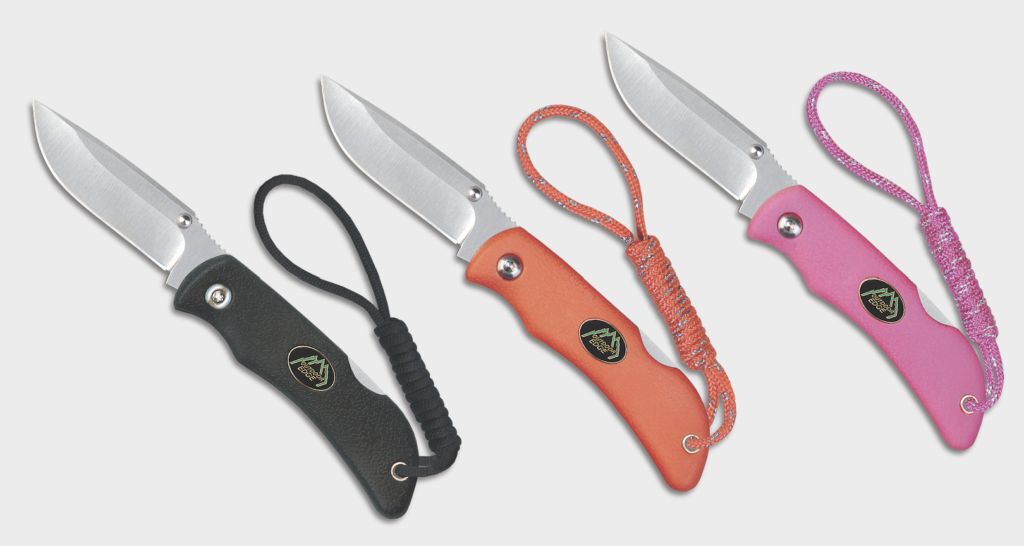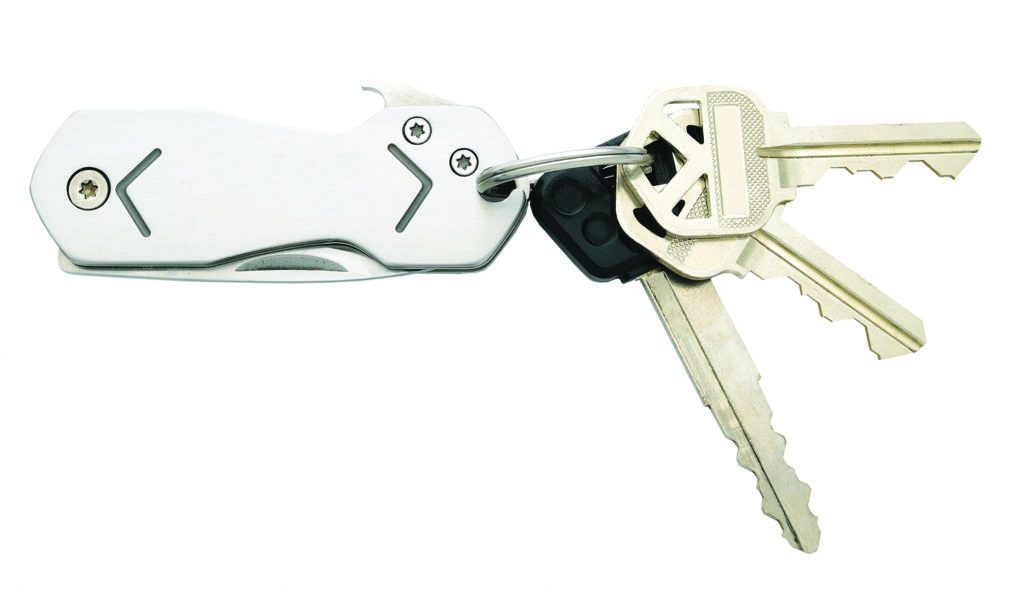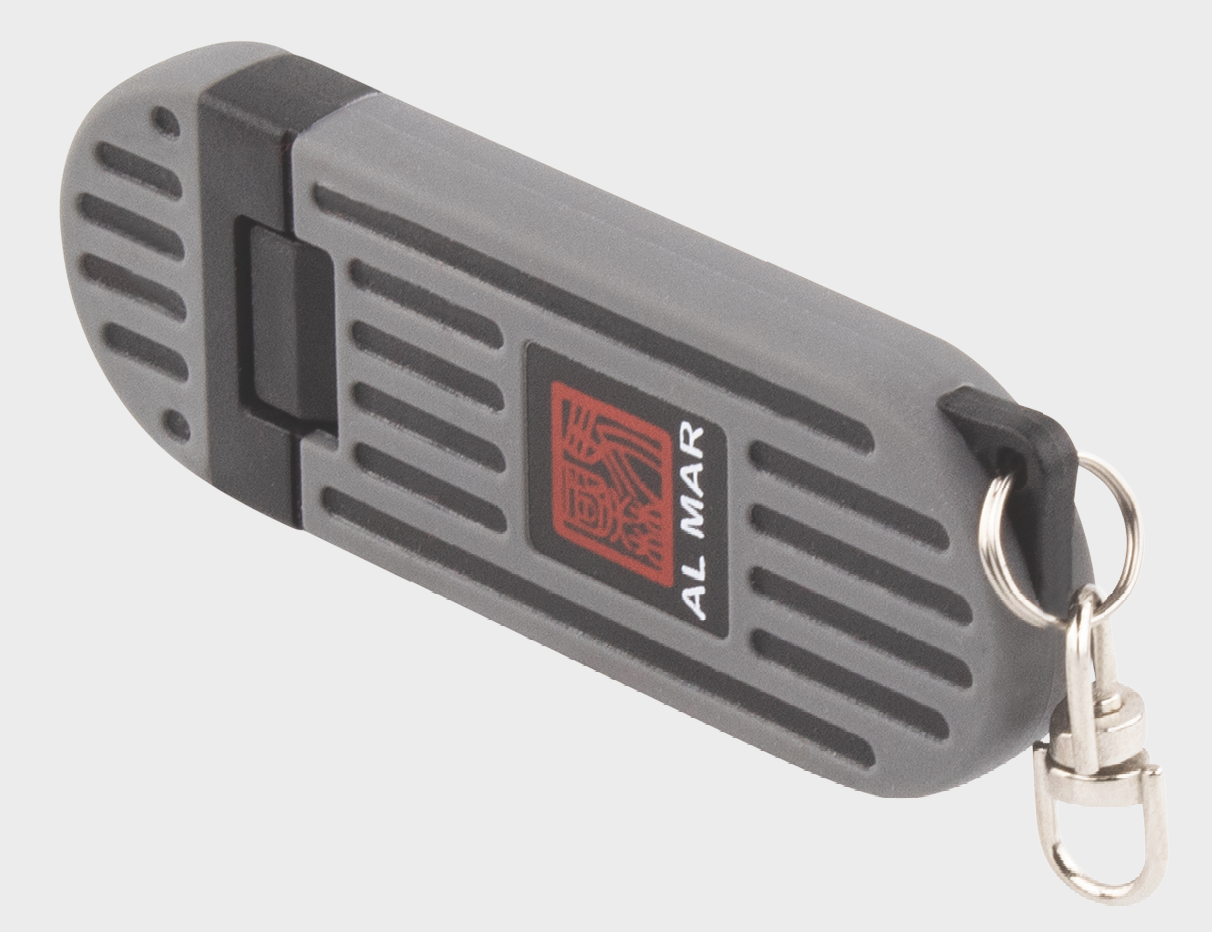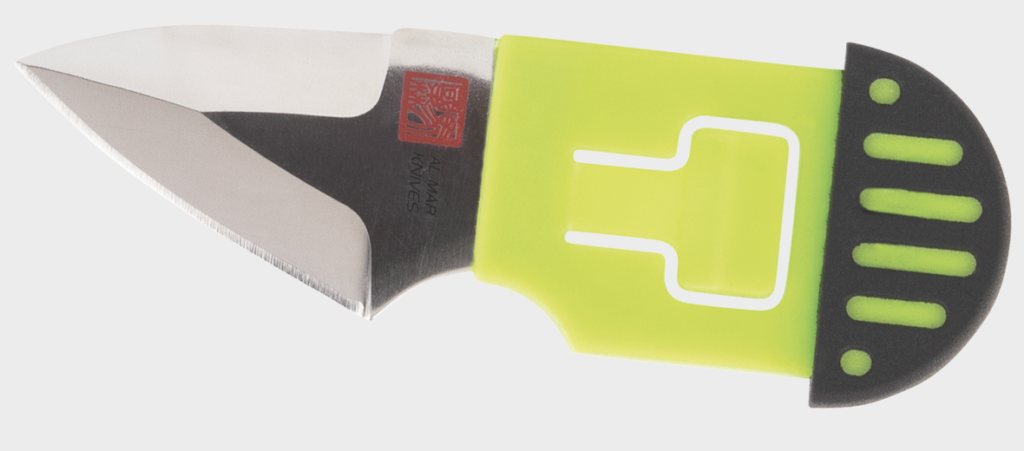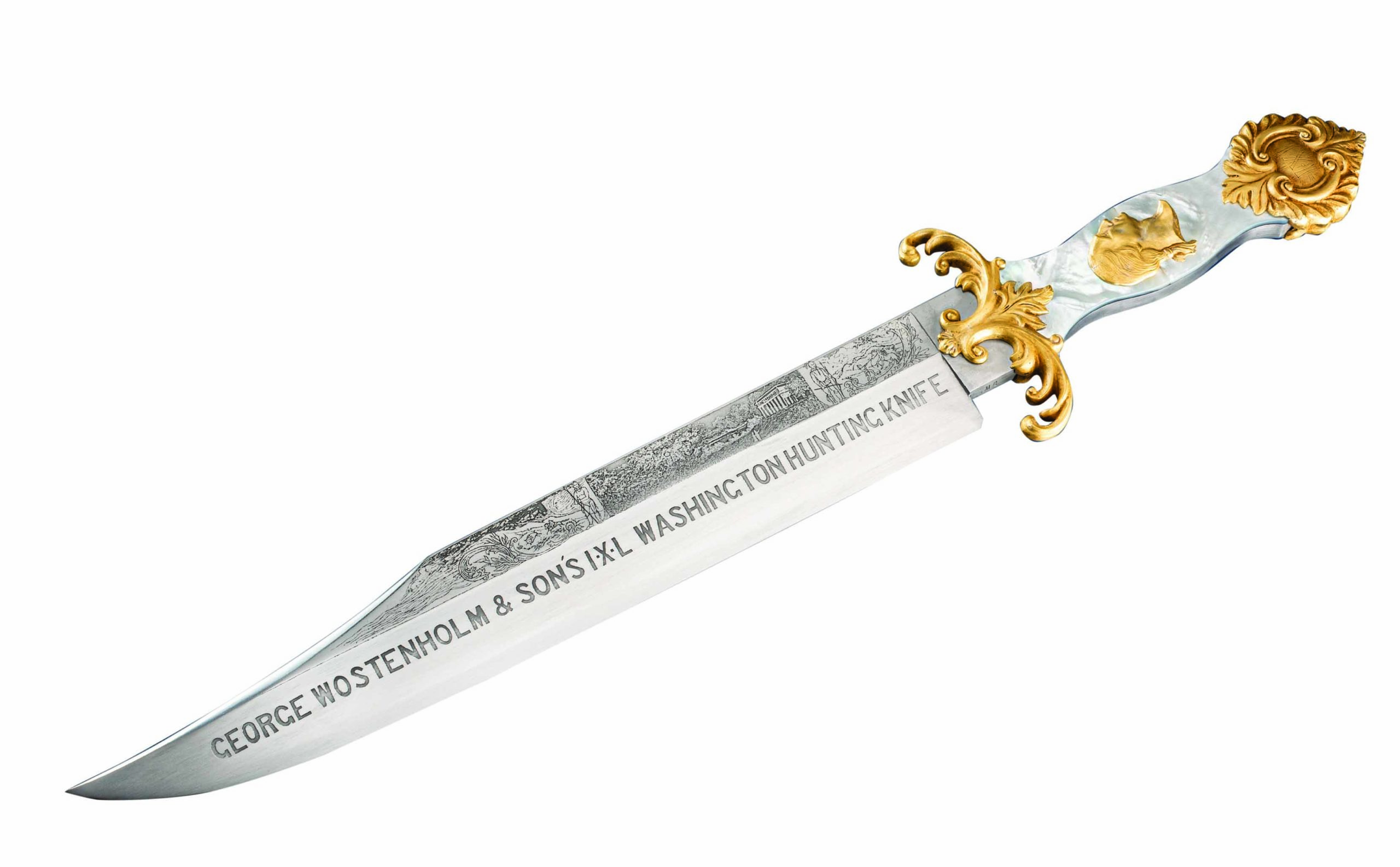From Forging And Picking The Right Materials To Putting Together The Fairest Return Policy And How To Run Your Business, There Are Many Questions Fledgling Knifemakers Should Ask Veterans.
This is the first of a multi-part series about knifemaking
When you consider buying a custom knife, certain questions come to mind. Some are easier asked and certainly more easily answered than others. However, anytime money is forked over in exchange for a handmade, well-built knife, an exchange of information takes place. Still, there may be a fine line between the ordinary, the somewhat sensitive and the downright invasive.
BLADE® asked some well-established custom knifemakers and purveyors what they thought about playing 20 questions with a prospective buyer. In this round of discussion, we’ll tackle those questions that should be asked and answered.
Testing And Heat Treating
I like the questions about testing and heat treating,” commented American Bladesmith Society (ABS) master smith Mike Quesenberry. “As for heat treating, it’s good to know what the maker does. Do they do the work themselves, and what type of heat treating do they do? Is it in a forge, heat-treating oven, do they use a salt pot? Then, on the performance aspect of the knife, is the maker doing any testing, taking it out and beating it or something else depending on the intended use of the knife?”
Veteran ABS master smith and mosaic damascus pioneer Steve Schwarzer agrees. The heat-treating query is near the top of his list. If the makers did the heat treating, did they do it themselves?
“If so, have each maker explain the method. It is perfectly acceptable to ask this question because it is the heart of the blade,” Steve reasoned. “If the maker did not heat treat the blade, ask who did and check the reliability of the heat treater.”

Authorship
The origin of the steel itself, the aspect of sole authorship, and even asking a bit about the maker’s background is perfectly reasonable, according to longtime purveyor Les Robertson.
“Did the maker do all of the work on the knife? If not, which part of the process is outsourced and why?” Les offered. “If certain aspects of the maker’s knife are being outsourced, this may not be a true custom knife. There can be a fine line between a custom knife and a mid-tech knife. Often, makers grind knives in batches. Consequently, it is more efficient time-wise and more economical to send the blades to a reputable heat treater.
“If the knife features a forged type of blade, especially when it comes to damascus, ask the maker if he forged the steel,” Robertson added. “This question is more germane to those makers not in the American Bladesmith Society. Several people specialize in making damascus for makers to use in their work. Most do an excellent job and offer patterns that will give your knife a unique look. Asking the makers if they belong to a particular knifemakers’ organization is a fair question. But you, as the buyer, should understand what requirements have to be met to belong to the organization and attain certain ratings in each.”
How They Do It
Methods, maker preferences, and perspectives are good areas to probe when discussing the makers’ work. How do they do their thing day in and day out?
“I think buyers should ask whether a knifemaker is a stock removal maker or forger,” said award-winning maker David Broadwell. “That will start to determine what kind of knives people will want. But then, it may not make any difference as long as they like the knife and the maker. Then, the knifemaker should be asked if he or she does all their own work, and if not, what is done outside their shop. This is to determine honesty on the knifemaker’s part. There are other things to ask as well to get to know the knifemaker—full or part-time, family. I like people to know who I am.”
Knifemaker Guarantees
Purchases are often made with the understanding of a guarantee, a buy-back to ensure customer satisfaction.
“You can ask, but I don’t fault anyone if they don’t offer a [buy-back] guarantee,” Broadwell noted. “You can’t buy most any product, say a Harley-Davidson motorcycle, and decide you don’t like cruiser bikes and expect your money back! A deal is a deal, as they say. Now, some makers specialize in multiples of given models, and they may be happy to take a return if they believe they’ll sell it right away.”
The components that make the knife sometimes have a bearing as well. After stressing the sole-authorship point, BLADE Magazine Cutlery Hall-Of-Fame® member Dan Delavan of plazacutlery.com finds a warranty to be reasonable in some circumstances, and then adds a question on components as important to the sales equation.
“Warranty? Just workmanship,” Delavan offered. “The maker cannot guarantee materials as they shrink and expand. The maker should be willing to repair for a charge. Then, does he or she do all the work, and if not, what is done by others? Does the maker bring in outside parts that he or she does not make on her own, examples being such as parts that are made in China or elsewhere, even in the USA? Is the maker able to make modifications?”
For Robertson, the concept of a guarantee is implicit in the trust that develops between maker and buyer. An understanding of care and use is necessary when the question of the guarantee is posed.
“A lifetime guarantee comes with certain responsibilities for both the maker and the buyer,” Les related. “The makers should guarantee the work with regards to their craftsmanship and materials used. Your responsibility as the buyer is to use the knife as it was intended to be used. During normal use, if the blade breaks, yes, the maker should build you a new knife. Now, if you are using a folder as a pry bar and the blade breaks, you are not using the knife for its intended purpose. Subsequently, that is your fault and the maker does not owe you a new knife.”
Genre Specific

Some makers specialize in historical pieces, reproductions of knives and swords that reflect the times in which the originals were active. Such situations might influence the dialogue between maker and buyer, according to maker Vince Evans.
“My little corner of the field is very different from most other makers,” he explained. “My work is mostly ‘historical’ in nature, so questions to ask could be, ‘Can you tell me more about this piece?’ or ‘What culture is this piece based on?’ or ‘Is this sword based on a specific find?’ When I first met [Cutlery Hall-Of-Fame writer] Ken Warner years ago at the BLADE Show, he walked up and asked, ‘Am I looking at antiques or did you make these?’
“When it comes to period pieces, a telltale sign that a maker hasn’t seen or handled an antique knife or sword is that his rendition is oversized or overweight. Most antique swords, daggers and knives were much more petite and delicate than you would imagine. I encourage makers to study original pieces firsthand, even if it is through a glass case in a museum, before making a period piece. Photos in books and online do not give you a true feel for the original, although many resources do give you measurements and weight. There is no substitute to studying originals firsthand.”
The genre or style that a maker pursues is often the first indicator that a discussion is at hand. Catching the customer’s eye naturally leads to inquiries. When conversation surrounds a custom order, there must be clear understanding related to the finished knife.
“There has to be an exchange between the maker and the customer,” Quesenberry noted, “and that relates directly to how the knife will be used. If it’s a hunting knife, will the customer be skinning only, or will they be breaking bone with it? The customer has to ask what the maker’s knife is intended to do, or if the maker can produce the using knife the customer wants.”
Communication is the key for both parties to be satisfied with the outcome of the buy-sell arrangement. For example, when purchasing a hunting knife, it’s fair to ask if the makers are hunters themselves or use their own knives in the field.
“Sure,” Delavan smiled, “but in some cases the knives can be too expensive for the maker to use. Most knifemakers are not rich!”
Knifemaking Mentors
One of the most important questions to ask makers relates to their background, where they learned their craft—particularly who their mentor, or mentors, in the industry might be. Identification of those who introduced makers to their life’s work or helped bring their skill set along will provide an insight into philosophy, work ethic and mindset, and, ultimately, quality.
“Ask who their mentors are,” Schwarzer advocated. “This is especially important if the maker is forging blades.”

Added Quesenberry, “It’s always good to know a guy’s background and the schools they went to and whether the makers continue to educate themselves on newer methods or techniques, or are they becoming stagnant? Do they want to up their game and experiment with different things?”
Chipped in Broadwell, “Of course, I’m proud of the men who shared information and helped me in my earlier years, and if I learn something new I’m happy to share that person’s help as well.”
Open Dialogue
The best approach to discussing the buying or selling of a knife is for both maker and potential purchaser to have mutual respect for one another. In the end, talk may be cheap. However, real, honest and open dialogue develops trust and assurance that the process is working for each party.
Ask questions. Consider responses. Come to informed conclusions, and remember that the entire experience revolves around the knife itself, its quality, materials, looks, and price tag. Most makers welcome questions and are willing to provide candid answers. In that alone, the level of assurance is elevated.
Read More











![8 Affordable, Cool, And Compact Keychain Knives [2022] 8 Affordable, Cool, And Compact Keychain Knives [2022]](https://blademag.com/wp-content/uploads/Screen-Shot-2021-03-18-at-1.21.33-PM-768x577.png)
